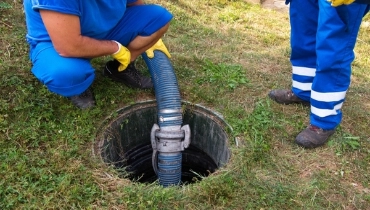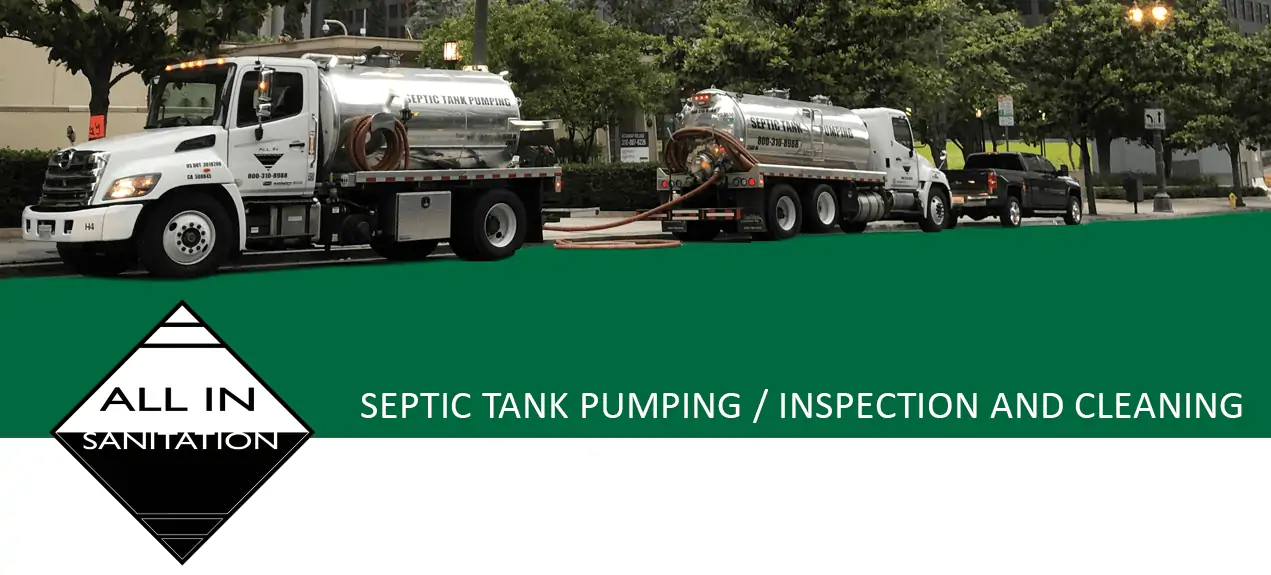The Ultimate Guide To Stillwell Septic And Grading
Table of ContentsHow Stillwell Septic And Grading can Save You Time, Stress, and Money.The Stillwell Septic And Grading StatementsStillwell Septic And Grading Fundamentals ExplainedThe Ultimate Guide To Stillwell Septic And GradingNot known Details About Stillwell Septic And Grading The 5-Second Trick For Stillwell Septic And Grading
Repair leaky faucets and pipes fixtures. https://stillwellsag.start.page. A leaking commode can waste numerous gallons of water a day. Take shorter showers. Make every effort for much less than 5 and do the shower jive. Take bathrooms with a partially-filled bathtub and do not leave the tap running when doing other jobs. Clean only complete lots of meals and laundry.
What Does Stillwell Septic And Grading Do?
Avoid burning stacks of leaves or branches over the drainfield, as the warm can damage the plastic pipelines below. Restriction the enhancement of topsoil or compost to no greater than two to 3 inches over the drainfield. Septic Service, Maintenance and Installation. A good rule of thumb for landscape design over drainfields is to use shallow-rooted plants that do not need additional topsoil to grow
Yard is the very best cover. Prevent trees, bushes, and water-loving plants with deep roots. Yards, combined wildflowers, and ground covers with superficial roots are great choices. Plant trees and hedges at the very least 30 feet far from your septic storage tank and drainfield to maintain origins from getting involved in and breaking or clogging the drainfield pipelines.
To learn more please check out the Landscaping Your Drainfield page. A septic system failure causes untreated sewer to be launched and carried to where it needs to not be. This may cause sewage ahead to the surface area of the ground around the tank or the drainfield or to support in pipelines in the building.
The 7-Minute Rule for Stillwell Septic And Grading
The person who drops in obtains out without severe injury. Yet a child's terrible death is a pointer to examine your septic tank for damaged or missing out on covers. Proprietors of septic systems are liable for making sure the systems are secure and feature appropriately, consisting of having a safe lid on the containers
Usage screws, screws, or other locks to safeguard the lids and stop easy access. Never drive or park vehicles on top of septic systems- it can damage or displace the cover.
Not known Incorrect Statements About Stillwell Septic And Grading
Ensure the covers are safeguarded after servicing your septic tank. Teach children that the septic container covers are not to be used or opened up. Have septic tanks that are no more in usage properly deactivated. For various other basic safe techniques around septic tanks please testimonial the Septics 201 DIY Program Septic Safety And Security Tips.
Keeping in mind the levels will certainly help figure out if there is a potential concern with the system. After that, the container will certainly be entirely pumped down, getting rid of every one of the liquid and strong waste. As soon as the tank is entirely pumped, the inlet and outlet tees of the will certainly be examined to ensure they are still undamaged and working correctly
Some Known Incorrect Statements About Stillwell Septic And Grading
If you are home at the time of solution (absolutely not required if that's not your point) you may be asked to flush your commodes to make sure whatever is streaming effectively. Once the service is complete, the septic tank will be covered as it was when we showed up! Professionals recommend having your system pumped every 3 to 5 years but a number of aspects need to be thought about when choosing exactly how commonly your sewage-disposal tank needs to be serviced.

If your septic websites has not been serviced in even more than 6 months, we would want to service the septic. If the trouble continues, a drainpipe cleaner will then be sent out to remove the line to the septic container.
The smart Trick of Stillwell Septic And Grading That Nobody is Discussing

If the ponding is concentrated over the leach area that could imply a leach line is obstructed with Bio-Mat and requires to be fixed or replaced. Most septic containers have a couple of covers; one over the inlet side of the sewage-disposal tank (where the water from your home gets in the tank), one in the center of the storage tank, and one on the electrical outlet side of the storage tank (where the liquid from the storage tank leaves to your leach area).
Cut up food fragments do not damage down in the sewage-disposal tank and can make their escape into your leach field lines creating clogs. Trash disposals, also those significant septic secure, are not taken into consideration beneficial for your septic system. Correct working level is where the water level in your storage tank meets the electrical outlet tee of the container.